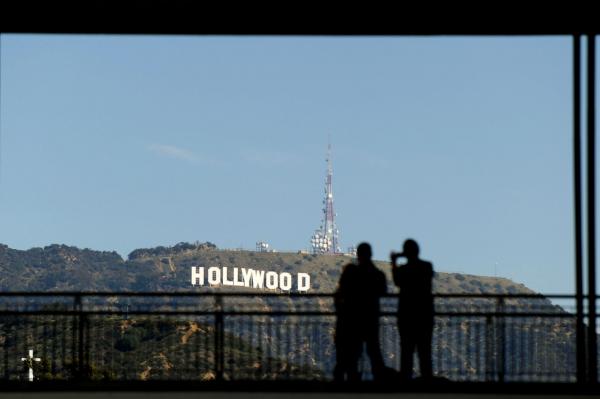
LOS ANGELES, Feb. 25 (UPI) — Hollywood does not look like America in front of or behind the camera, a damning new study found.
The University of Southern California released a new study just days before the Oscars ceremony takes place a few miles away that compares Hollywood studios to a “straight, white, boys club” and declaring all levels of the film and TV industry have an “epidemic of invisibility.”
The study, titled “Inclusion or Invisibility? Comprehensive Annenberg Report on Diversity in Entertainment,” examined 414 feature films and TV shows, including those from the largest studios like 20th Century Fox and Disney, and found only 29 percent of all film speaking roles were women’s roles. Just 28 percent of speaking roles were non-white characters. Just two percent of roles were gay, lesbian or bisexual characters.
Things were worse behind the camera with men making up almost 85 percent of directors and 71 percent of screenwriters.
“We don’t have a diversity problem, we have an inclusion crisis,” said researcher and co-author Stacy Smith at the USC Annenberg School for Communication and Journalism.
“We’re really talking about a lack of inclusivity across the landscape. There are people that are just missing from storytelling, and that’s not consistent with the demography of the United States.”

In television, despite the growing number of shows embracing diversity, only 17 percent of directors were female and 19 percent of programs were ethnically balanced. Just 22 percent of TV show creators were women. And characters who were women of color over 40 years of age were “largely invisible.”
However, the authors also suggest creating potential hire lists for writing and directing jobs that are half female candidates and 38 percent candidates of color.
“It’s about who is greenlighting those decisions and who is giving the okay for certain stories to be told,” Smith says. “When a very narrow slice of the population is in control of power and has the ability to greenlight a project, then we are going to see products and stories that reflect that narrow worldview.”





